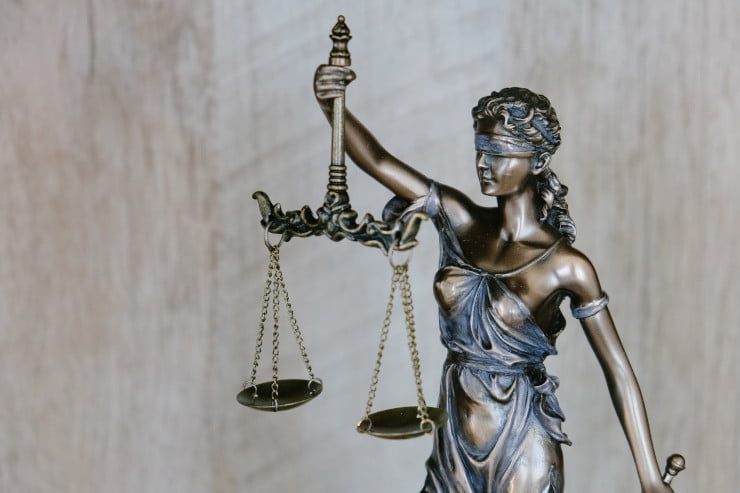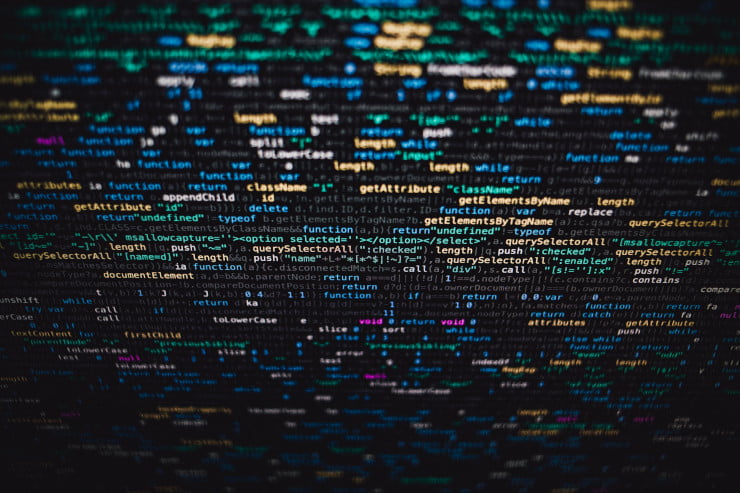Social media has come a long way since the time of MySpace and Xanga. Now, social networks are an integral part of societies around the world. There are so many people on Facebook that the number of Facebook users, over 2 billion, is more than that of the populations of China or India. Kids are introduced to social media early in their lives, and it has a direct impact on the way they interact with their peers, friends, and family.
Even members of the older generations can’t escape the temptation of engaging on social media. According to Synthesio, 69% of adults between 50-64 and 40% of those above 65 use social media. Additionally, 41% of Facebook users are age 65 and older, and 58% of adults above the age of 56 use YouTube.
You might be thinking, so what? Why does it matter? If you had to guess how much time you spend on social media, would you be able to do so correctly?
How about this, take 30 seconds to check your phone and see how much time you spend using social media apps each week. If you’re surprised by the amount of time you spend, then you should keep reading.
The social media environments created by these tech giants have developed over time to become as engrossing as possible to keep users engaged for as long as possible. Social media innovations such as the Like button, the never-ending social media feed, video integration, news tabs, photo tagging, hashtags, and more were created to encourage people to log back in and keep users interacting on the social media network.

Predicting how an entire industry will evolve over the next few years and decades is difficult as is, but predicting the future of any industry rooted in technology and artificial intelligence is even more challenging.
The reason it’s so much harder to guess how industries like social media will develop over the years is because of the exponential growth happening in the technology space. The rapid evolution and technological breakthroughs in computing, data collection, data transfer, and artificial intelligence are advancing at a rate like no other industry in the world.
Regardless, we are going to give you our best educated guess as to what the future of social media might look like. Here are a few key components of our methodology for attempting to predict the future of social media:
- What social media trends are picking up speed and popularity?
- What’s happening in the social media industry in other parts of the world?
- What are the trending topics in the several trends suggesting an evolution in the way we use and interact with social media? While it’s unlikely that all of these predictions will happen, the evidence indicates that one or many of these predictions are already brewing in the social media industry. Here are our 4 predictions for the future of social media networks.

Social Currency
Social currency refers to the value that people have built up in terms of their interactions and their potential for social influence or success. The idea of social currency isn’t new. In fact, social currency is currently being used in China similarly to a credit score.
But the future of concepts like social currency in Europe and the US is likely to look a bit different from how they are used in China.
Imagine a system on social media that tracked how a user engaged online with others.
Did they share a lot of false, misleading, or hateful information?
Did they aggressively comment on other’s posts?
Did they add inappropriate photos or videos?
All of these would be marks against their social currency on social media. Too many bad marks like the ones mentioned above would lower a user’s social currency score.
As a result of having a low social currency score, the social media privileges available to that user, such as sharing content, commenting, and adding photos, would be revoked.
This idea is to attempt to improve social etiquette on social media, educate users on media literacy so they think before they post, and potentially identify fake accounts or bots more easily. We predict that in the near future, western nations will start to adopt social currency methods in ways similar to the examples above to mitigate the combative, aggressive behavior online and to help reduce the amount of harmful information spreading on social media.

Advanced Fact-Checking
Some people have started to call the time we are living in the “disinformation age” because of the astounding breadth and impact of disinformation being spread online and on social media.
Disinformation (noun) [Merriam Webster]
dis·in·for·ma·tion | \ (ˌ)dis-ˌin-fər-ˈmā-shən \
False information is deliberately and often covertly spread (as by the planting of rumors) in order to influence public opinion or obscure the truth.
This bombardment of disinformation is especially harmful to people with poor media literacy skills. Media literacy is the ability to access and critically evaluate information and news read online, on video, or on TV. People in the older generations are particularly vulnerable to disinformation because they either A) are less familiar with technology and social media, so they don’t understand how they are being manipulated, or B) they feel they are more technologically savvy than they actually are and end up being manipulated by these cleverly disguised intentional falsehoods.
Examples of detrimental impacts due to disinformation are people who believe the Earth is flat, people who are certain climate change is a hoax, and people who think germs don’t exist.
This has become a serious problem in the world today, so concepts like more advanced fact-checking on social media could significantly help reduce the disinformation being spread. Here are some ways more advanced fact-checking is being used now and might look like in the future.
Current Fact-Checking Systems Online
- Twitter has a strong head-start on this potential social media concept by flagging shared articles, videos, and photos as harmful, false, or misleading information.
- Other organizations like NewsGuard are working to provide people with concrete information about news outlets to help users identify disinformation outlets more easily.
- Websites like Snopes and FactCheck.org put together investigative reporting pieces on tips they receive about online rumors to identify whether the rumor is true or not.
Also Read: What are News Aggregator Websites?
Future Fact-Checking Possibilities
- Using algorithms to identify meme images and doctored photos that have been spread by known foreign disinformation outlets and to pull them from any social media posts where they are spreading.
- Creating new positions at news networks to have fact-checkers on standby to flag and identify false or misleading statements made by public speakers.
- Adding a system on social media that requires people posting information to include a source that is verified before being able to post.

Facial Recognition
The advances in facial recognition technology have expanded greatly in the past few years but there are many aspects of facial recognition that many social media users are unaware of. There are companies scraping people’s social media images, building an immense database of images, to train facial recognition algorithms. You might be thinking, well it’s good that my social media account is private. Unfortunately, even if your social media account is private, if someone else who does not have a private account has posted a photo of you (tagged or not), your images could be in this collection.
These businesses are ignoring the web scraping best practices, the privacy policies of these social networks and scraping any images they can get their hands on to continue to build their image database.
Another alarming fact about facial recognition is that, according to Wired, most facial recognition software does a staggeringly poor job of identifying people of color, especially women. So if images are being scraped, there is a chance that someone can be wrongly identified as a suspect in a crime because of poor facial recognition.
This information might be alarming to some people, and it certainly should be. That’s why we think there is potential for more facial recognition regulation in the future of social media.
Georgetown Law’s Center on Privacy & Technology has even put together a model bill for regulating facial recognition. Their suggestions for facial recognition regulation include:
- Protections for using facial recognition on children
- Rules in place to protect against bias in facial recognition
- Strict checks for accuracy of facial recognition
- Prohibitions on using facial recognition in sensitive areas like hospitals, schools, bathrooms, clinics etc.
- Administrations in place to identify cases of abuse when using facial recognition
Just like how users don’t want their pictures being scanned without their permission, large tech companies like Instagram and Facebook put privacy policies in place for a reason and likely do not want to be on the hook for class action lawsuits having to do with violating the privacy of their users.

User Data Awareness
Social media companies have a lot of information on their users, a truly astonishing amount of user data. They know what time a user is likely to be online, what their emotions are, who they care about, what they like, what they believe in, and so much more. A fraction of the ocean of user data is available to social media users, but to find it, they have to both be aware of the fact that this information is being collected and know where to look.
This information is personal, intimate, and unique data about a specific user, therefore, it stems to reason that the data should belong to the user, not a multi-billion dollar company. There have been many organizations and communities fighting for the concept of putting social media data back in the hands of the user. This is especially important because this personal data about each social media user is monetized. Organizations like the Center for Humane Technology are working to create a world where technology is realigned with humanity’s best interests.
According to the Pew Research Center, despite advances like HTTPS connections, majorities [of people] think their personal data is less secure now and that data collection poses more risks than benefits. We predict that making users more aware of the information being collected and used by social media companies is the most effective way to empower consumers to show large companies how they feel about having their data collected.
Changes in the social media industry are inevitable, but how social media changes is really in the hands of the people and the Silicon Valley elite. People are beginning to express their desire for some of these shifts in the social media space, while others are happening naturally as technology advances further every day. How do you hope the future of social media will turn out? Let us know!
